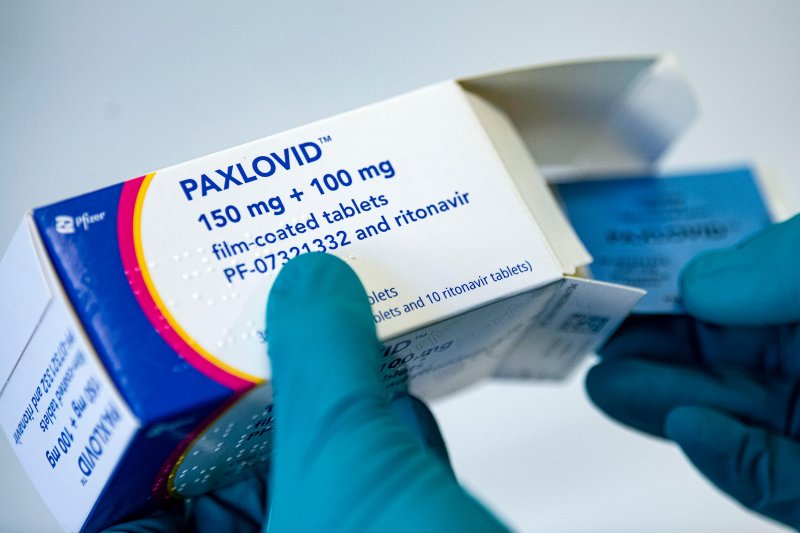I had low expectations for Pfizer’s anti-Covid medication, Paxlovid, before its clinical trial data was released. After all, novel antivirals face tough sledding, with only a handful of success stories over decades of research. But then — that data! An 80-90% reduction in severe disease among high risk patients given the drug early in their Covid-19 course was a remarkable result.
A host of anecdotal reports began popping up in the past week of people taking Paxlovid experiencing viral remission, negative rapid test and all, and then getting sick again – positive rapid test and all.
Through the magic of Twitter, the truth actually became obvious in real time — no puzzle-solving needed. The FDA was well aware of this rebound in viral loads in a substantial proportion of people treated with Paxlovid, around days 10-14 after starting treatment. For some reason, though, they didn’t think to tell us doctors about it.
…
To be clear, this whole kerfuffle has me more disappointed in the FDA than in Paxlovid. The vast majority of patients experienced the expected, sustained drop in viral load that we would anticipate from an effective antiviral. The fact that outcomes were tracked for 28 days after the start of treatment, and we still saw almost none (0.7%) of of the treated, high-risk patients be hospitalized (vs 6.5% receiving placebo), implies that this rebound phenomenon might be immunologically concerning, and a problem in terms of counseling patients around contagiousness, but not a deal-breaker.
In the clinical trials, Paxlovid succeeded at its most important task: preventing hospitalization and death.































